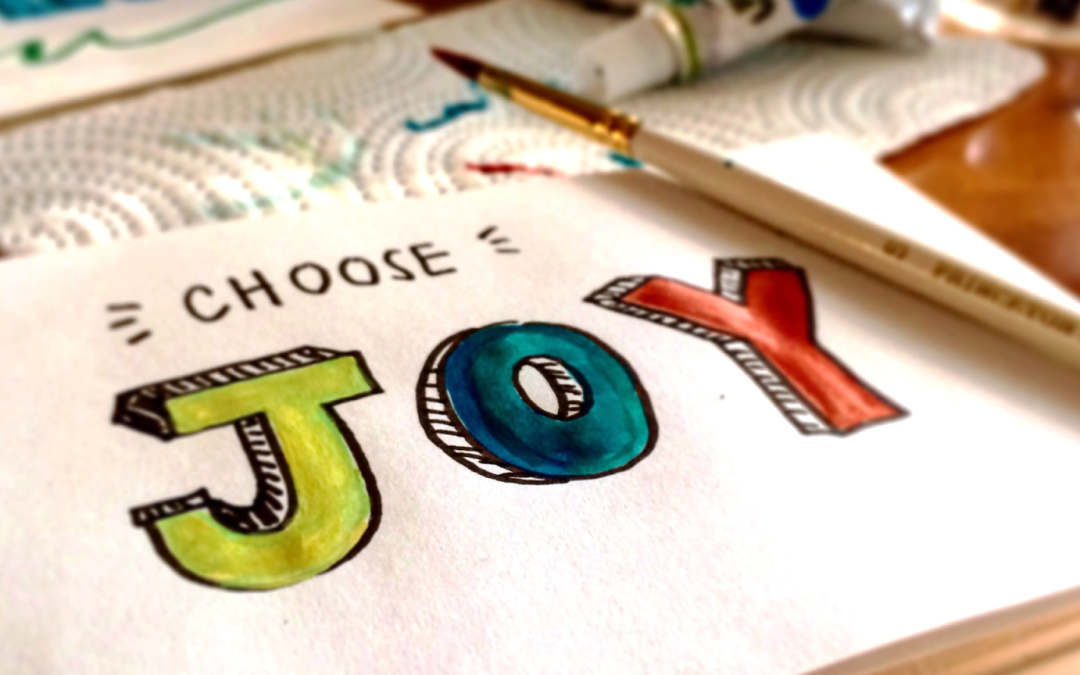Does it feel like there is so much you are holding and carrying?
Do you notice a heaviness, a higher level of fear and worry?
There are so many important topics—the economy, equal rights, climate change, reproductive rights, housing, food insecurity, everyday safety in the schools, the workplace, the world—can it be literally everything?
Each day, it might feel as though there’s something new to tolerate. The world can feel heavy, and it’s taking a toll. More people than ever before are walking around in emotional dysregulation. The result is decreased stress tolerance—acting and responding from a triggered place. So, what do we do?
First, let’s look at what’s going on…
When people are walking around worried and fearful outside their windows of emotional tolerance — they are essentially living in survival mode, where adult brains are not totally online. This can impair the ability to make healthy choices. The result of this survival?
- using alcohol or other substances
- using food or restriction, binging, or over-exercising
- using self-harm or other dissociative mechanisms to feel less badly
- responding to people, situations, or scenarios from a place of fear
- kids who are being labeled ‘bad’ (versus recognizing their pain)
- having no bandwidth, being short-fused — driving aggressively, yelling more often
- feeling depleted — having no energy to do life and experience the joy
If you’re feeling this heaviness, I see you!
As a trauma survivor on the journey of healing, you are likely learning tools like tuning into your needs with compassion, calming your nervous system, and surviving today’s current events in the least harmful way possible. You are learning to cope with the hard parts of life — and the state of the world today certainly falls into this category.
How can we feel better, even when things are hard?
Here are two important steps:
- Notice you are safe.
Trauma survivors generally walk around with a heightened sense of fear or feeling of looming danger. Can you be present in your current life? Are you able to notice safety for yourself today?
Noticing you are safe today is something to practice — a way to ground yourself in the moment of NOW, whether you’re in your house, with friends, or outside in nature. Even when things in life feel heavy and hard, you can tune into the safety inside yourself. When you are feeling calm (enough) and safe (enough), notice it. You deserve to have those moments of relief.
- Use your powers of creativity.
Trauma survivors are amazingly creative — crafting effective coping mechanisms at a young age to survive! It’s time to tap into that power. You can generate more calming, peaceful, and even safe moments in your life to create more balance. The more positive moments we have — the more strength we build to balance the difficult moments and learn to function from the window of emotional tolerance — allowing for a more regulated nervous system.
CREATE good moments in your life … even if they seem small. Joyful, silly, positive moments have massive benefits:
- They make hard things feel more manageable
- They calm our nervous systems
- They bring positive energy to others
- They bring feelings of connection and shared humanity
This means your creativity as a trauma survivor can help you today!
And it can help you tomorrow! As an adult who is currently safe, you can make active choices — even amidst the heaviness — that will help you feel better in the moment and in the long term! You can take action! You can exert your power!
Rewiring how we feel in hard situations.
Do you know about neuroplasticity? This is the brain’s ability to build new pathways — to understand life from a different lens. This rebuilding occurs as you learn to adapt based on new experiences. The pathways you originally learned through the brain’s ability to adapt are how you learned to keep yourself safe and survive the trauma, and stay living in a traumatized brain. Today, as a safe adult, it is neuroplasticity with your different life circumstances experienced and noticed that will enable you to rewire your nervous system away from worry and towards safety.
Each time we notice safety or give ourselves or receive a compassionate lens, this puts the power of neuroplasticity into action and can start to rewire our brains to experience more joy and safety and naturally expand our windows of tolerance so that we can hold both positive and negative feelings.
Ready to create safety and joy? Here are 8 ideas to spark your creativity:
- Bring light into life — move your desk to a sunnier window — feel and see the day differently.
- Bring comfort — put on your cozy slippers — and notice the cozy feeling of calm.
- Bring energy — blast your favorite song and sing or dance around and notice your joy.
- Enhance connection — schedule an 8-minute call with a friend and feel connected.
- Bring laughter — do something silly — hide a note in your partner’s bag or give your coworker an apple with googly eyes and notice how you feel as you laugh in the present day.
- Bring new movement — take a class at a dance studio and notice what it is like to learn something new.
- Nurture — care for a plant (or even better, you!) and notice what it’s like to give and receive your compassion.
- Bring nourishment — learn a new recipe to feed your soul and notice what it is like to feel full of care.
Today, I want you to add a healthy, joyful moment to your day.
You are in charge! You have full reign to create happy moments in your current daily life.
Smile at someone.
Notice when someone smiles at you.
Sit in your car and listen to your favorite song before doing that hard thing.
Bring a travel mug of warm tea with you.
Wave at crossing guards.
Pick up the phone and call someone you care about.
Put your feet in your coziest slippers and notice that moment.
Take it in.
Notice you deserve it!
Relish it.
You can notice the good. You can create the good!
Yes, there is trauma around us every day. It feels scary and hard. AND — What can we do about it? How can we make it better? How can we be curious, compassionate, and clarity-seeking to creatively find healthy ways out? How can we bring joy and connection to those around us?
What we do every day becomes our norm — and if we can string together enough moments, the good will outweigh the bad.
If you are ready to explore the possibility of therapy, please reach out.
Originally appeared on Brickel & Associates
Guest Post Disclaimer: Any and all information shared in this guest blog post is intended for educational and informational purposes only. Nothing in this blog post, nor any content on CPTSDfoundation.org, is a supplement for or supersedes the relationship and direction of your medical or mental health providers. Thoughts, ideas, or opinions expressed by the writer of this guest blog post do not necessarily reflect those of CPTSD Foundation. For more information, see our Privacy Policy and Full Disclaimer.

Robyn is a Licensed Marriage and Family Therapist with 20+ years of experience providing psychotherapy, as well as the founder and clinical director of a private practice, Brickel and Associates, LLC in Old Town, Alexandria, Virginia. She and her team bring a strengths-based, trauma-informed, systems approach to the treatment of individuals (adolescents and adults), couples and families. She specializes in trauma (including attachment trauma) and the use of dissociative mechanisms; such as: self-harm, eating disorders and addictions. She also approaches treatment of perinatal mental health from a trauma-informed lens.
Robyn also guides clients and clinicians who wish to better understand the impact of trauma on mental health and relationships. She has a wide range of post graduate trauma and addictions education and is trained in numerous relational models of practice, including Emotionally Focused Couple Therapy (EFT), the Psychobiological Approach to Couple Therapy (PACT), and Imago therapy. She is a trained Sensorimotor Psychotherapist and is a Certified EMDRIA therapist and Approved Consultant. Utilizing all of these tools, along with mindfulness and ego state work to provide the best care to her clients. She prides herself in always learning and expanding her knowledge on a daily basis about the intricacies of treating complex trauma and trauma’s impact on perinatal distress.
She frequently shares insights, resources and links to mental health news on Facebook and Twitter as well as in her blog at BrickelandAssociates.com
To contact Robyn directly:
www.BrickelandAssociates.com




